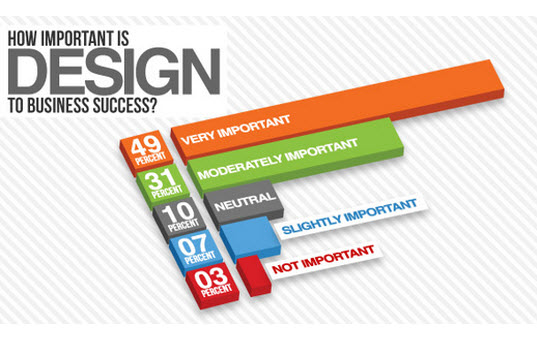The Development Of Website Design: From Past To Present
The Development Of Website Design: From Past To Present
Blog Article
Content By-Thorsen Stender
In the past, web sites were simple and concentrated on information. Navigation was direct, and layout was for desktop computers. Currently, individual experience is vital. Information overviews styles for very easy navigation. Receptive designs fit various devices. Today, dark mode reduces strain, and minimalist food selections improve navigation. Interactive attributes involve users, and strong visuals stand out. AI integration increases engagement. See how style has actually advanced to improve your on the internet trip.
Early Days of Web Design
In the early days of website design, simpleness reigned supreme. Websites were standard, with restricted shades, typefaces, and layouts. The emphasis was on giving information instead of showy visuals. Users accessed the net via sluggish dial-up links, so speed and performance were crucial.
https://www.mediaupdate.co.za/marketing/152215/stratitude-bags-chas-everitt-international were straightforward, generally situated on top or side of the web page. Web sites were made for home computer, as mobile browsing had not been yet common. Web content was king, and developers prioritized very easy readability over complicated style aspects.
HTML was the key coding language used, and developers needed to work within its restrictions. Animations and interactive attributes were marginal compared to today's requirements. Websites were fixed, with little dynamic web content or individualized customer experiences.
Increase of User-Focused Layout
With the development of web site design, a change in the direction of user-focused style principles has ended up being increasingly popular. Today, producing websites that focus on customer experience is important for engaging visitors and accomplishing business goals. User-focused style entails comprehending the demands, choices, and behaviors of your target audience to tailor the internet site's layout, web content, and includes accordingly.
Developers currently conduct thorough study, such as customer surveys and use testing, to gather insights and comments straight from users. This data-driven method helps in creating user-friendly navigating, clear calls-to-action, and aesthetically attractive interfaces that reverberate with site visitors. By putting the user at the center of the style process, sites can provide a much more personalized and delightful experience.
Responsive design has actually also emerged as an essential element of user-focused style, ensuring that web sites are enhanced for various gadgets and screen dimensions. This adaptability enhances access and usability, satisfying the varied ways customers engage with sites today. Essentially, the surge of user-focused layout represents a shift in the direction of producing digital experiences that prioritize the requirements and assumptions of completion customer.
Modern Trends in Web Design
Discover the most up to date fads shaping web design today. One prominent pattern is dark setting design, offering a streamlined and modern-day look while lowering eye strain in low-light environments. An additional key pattern is minimal navigating, streamlining menus and boosting individual experience by concentrating on essential elements. Integrating micro-interactions, such as computer animated switches or scrolling effects, can create a more interesting and interactive website. Responsive design remains critical, making sure seamless customer experiences throughout numerous tools. In addition, using vibrant typography and unbalanced designs can add visual rate of interest and accentuate certain content.
Incorporating AI modern technology, like chatbots for consumer assistance or individualized recommendations, boosts customer involvement and improves processes. Ease of access has additionally become a considerable fad, with developers prioritizing inclusive style techniques to accommodate varied user requirements. Embracing sustainability by optimizing website efficiency for speed and effectiveness is an additional emerging trend in web design. Teaming up with individual feedback and data analytics to repeat and enhance design constantly is important for remaining appropriate in the ever-evolving digital landscape. By embracing these contemporary fads, you can develop an aesthetically attractive, easy to use website that reverberates with your target market.
Verdict
As you review the evolution of internet site layout from the early days to now, you can see how user-focused style has ended up being the driving pressure behind contemporary trends.
Embrace the journey of change and adjustment in web design, constantly maintaining the individual experience at the leading edge.
Remain present with the most recent fads and innovations, and never stop advancing your approach to produce visually sensational and straightforward internet sites.
Develop, adapt, and develop - the future of website design is in your hands.
